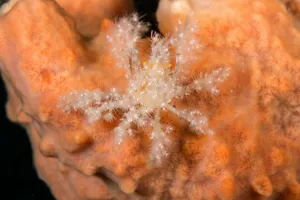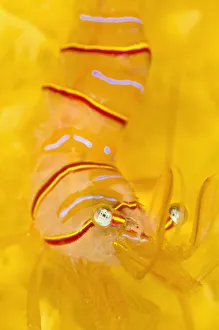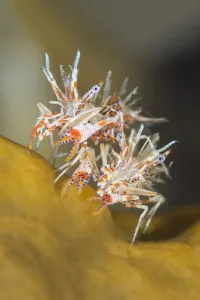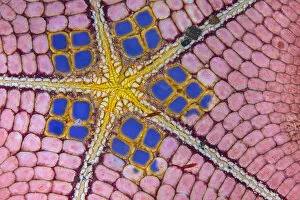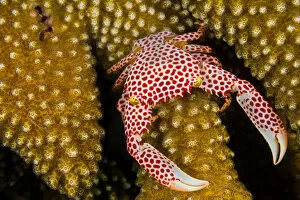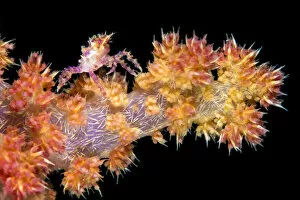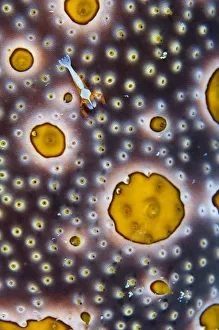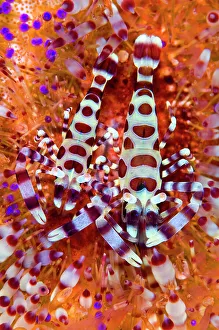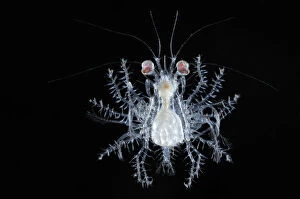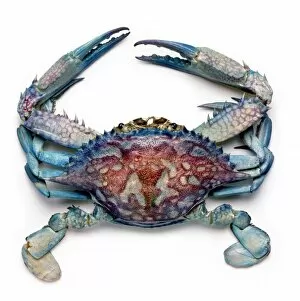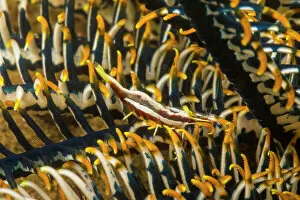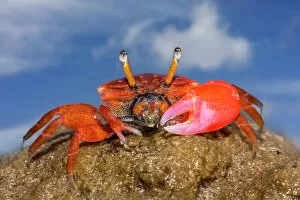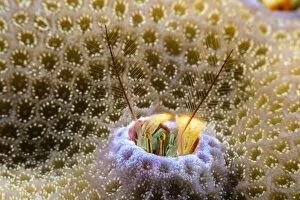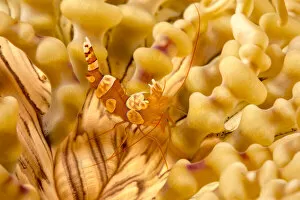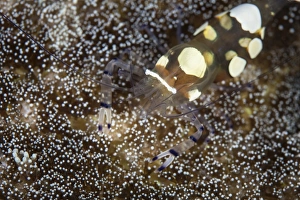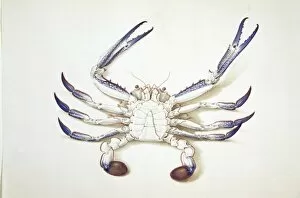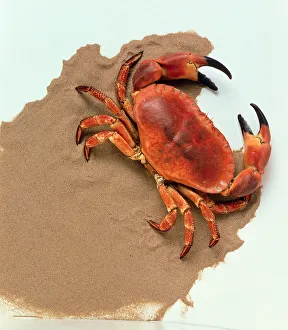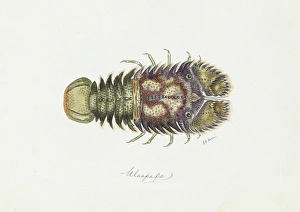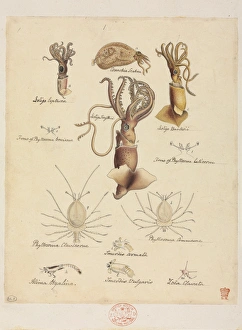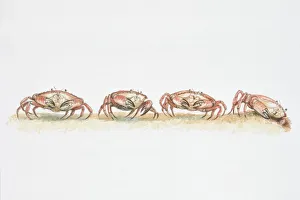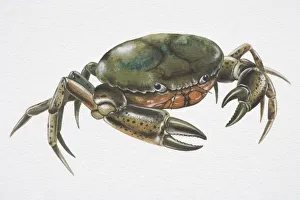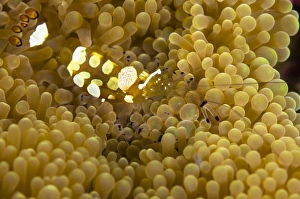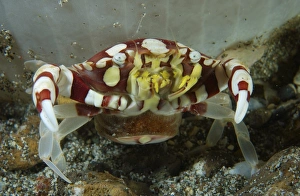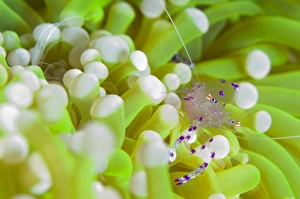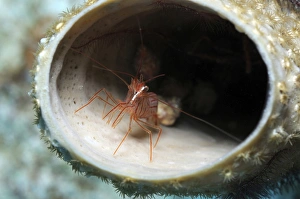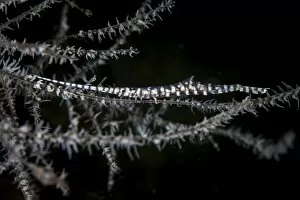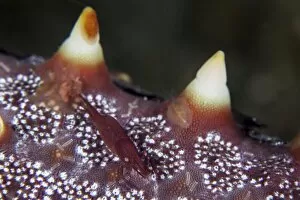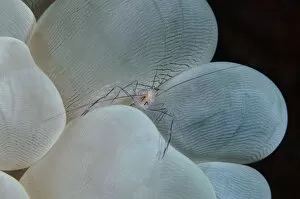Decapoda Collection (page 4)
"Exploring the Fascinating World of Decapoda: From Lobsters to X-rays" Discovering the hidden wonders beneath the ocean's surface
All Professionally Made to Order for Quick Shipping
"Exploring the Fascinating World of Decapoda: From Lobsters to X-rays" Discovering the hidden wonders beneath the ocean's surface, decapoda creatures like lobsters and crabs captivate us with their intricate beauty. Through an x-ray lens, we unravel their mesmerizing skeletal structures, revealing a delicate balance between strength and flexibility. Within the vast family of decapoda, diverse species such as crabs and shrimps thrive in various habitats. Illustrated together are barnacles clinging steadfastly to rocks, horseshoe crabs tracing back ancient origins, shrimps gracefully navigating through underwater currents, and majestic crabs showcasing their vibrant colors. One notable member is Astacus astacus Linnaeus – the crayfish – known for its ability to regenerate lost limbs. Another intriguing sight is Phragmites australis (Cav. ), commonly known as common reed, providing shelter for these fascinating crustaceans along riverbanks. In Kejimkujik National Park in North America, an invasive European green crab (Carcinus maenas) disrupts local ecosystems. Its presence serves as a reminder of how human activities can unintentionally alter natural balances. On distant shores of Galapagos Islands in Ecuador, an American oystercatcher (Haematopus palliatus) chases after Sally lightfoot crab (Grapsus grapsus), showcasing nature's relentless pursuit for survival amidst stunning landscapes. Traveling across continents to Sunderban tiger reserve in West Bengal, India reveals a captivating portrait of a yellow fiddler crab (Uca sp. ). Its distinctive oversized claw becomes both armor and weapon during territorial disputes within its muddy habitat. In Tenerife's Canary Islands during October days, we witness red rock crabs (Grapsus adscensionis) grazing on algae-covered rocks – reminding us that even small creatures play vital roles within fragile ecosystems.

